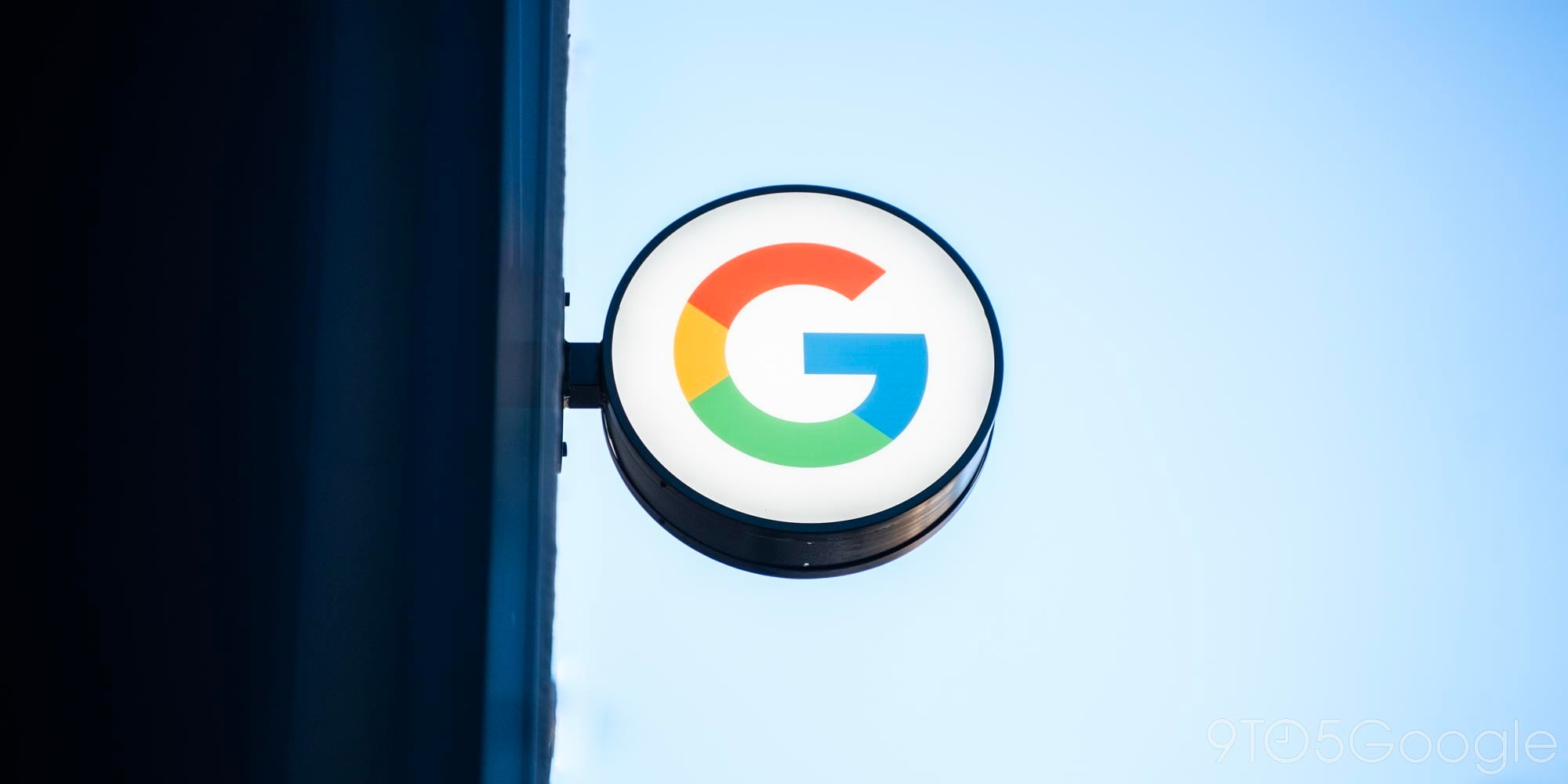

Instant Articles are Facebook’s attempts to speed up webpages on mobile in order to keep users reading and sharing within the social network. The serviced fully launched to all iOS users in October and has been in public testing since then on Android. Today, Instant Articles are rolling out to all Android users, as the rest of industry continues work on an open sourced alternative .
These articles are distinguished by a lightning bolt icon in the top right corner of a link preview. Facebook touts Instant Articles as loading 10 times faster than regular articles and are more likely to be shared. The company touts that over 350 publishers from around the world are current using Instant Articles, including big ones like The New York Times and BuzzFeed. For publishers, higher sharing and engagement comes at the cost of a more limited ability to make money from ads.
In use, I’ve noticed that Instant Articles do load near instantaneously. Users are pushed to a full screen experience where Android’s top bar is replaced with a back button at the left and a share button on the top right corner. Articles here are streamlined and free of site clutter. Images have a cool parallax effect and move with your phone.

Facebook’s restrictions on ads and absorption of content have resulted in the tech and media industries banning together to form the Accelerated Mobile Pages project. It’s an open source alternative to Instant Articles and has backing from Google, Twitter, and countless more news publications and services. In testing, AMP loads four times faster and uses eight times less data. Messaging apps like LINE and Viber will begin linking to AMP content in early 2016. Users on mobile will begin being sent to AMP pages by Google Search starting in late February of next year.
Instant Articles are available starting today in the Android Facebook app.
FTC: We use income earning auto affiliate links. More.

Comments